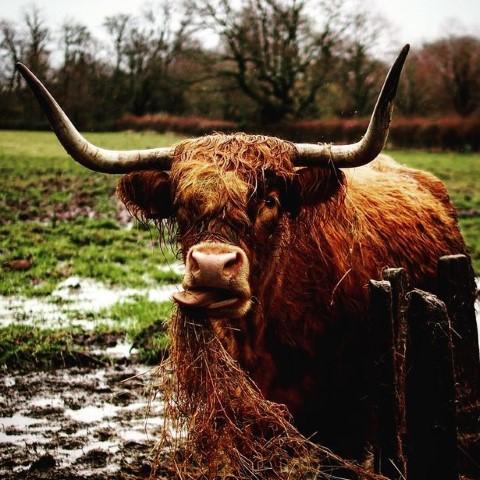
Animal-A-Small
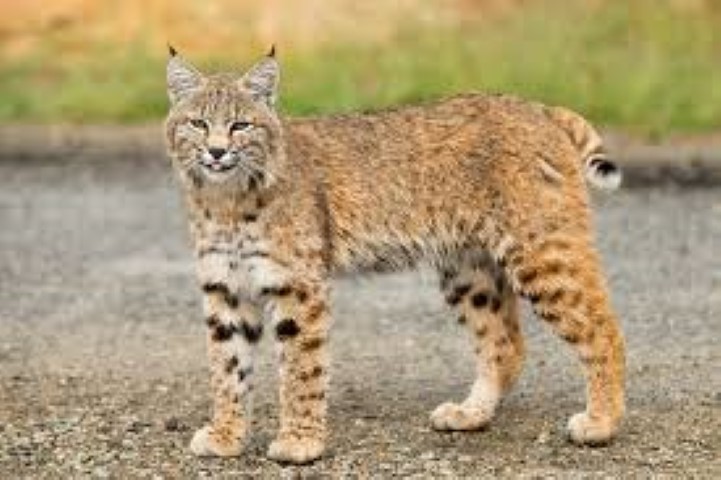
Animals-9-Small
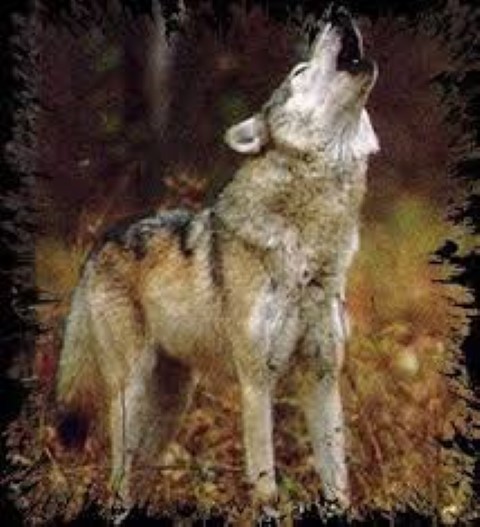
Animals-10-Small
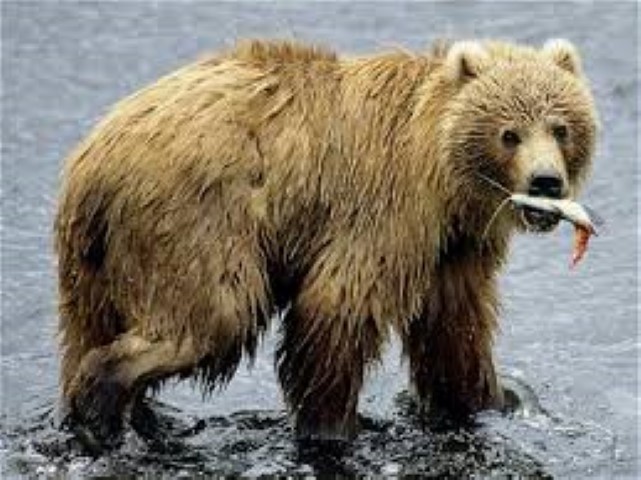
Animals-11-small
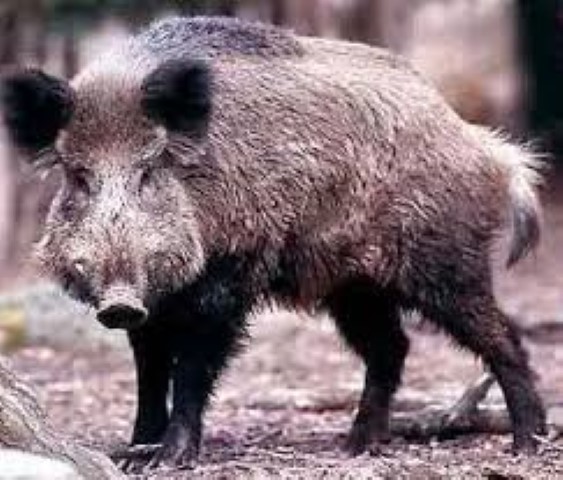
Animals-12-small
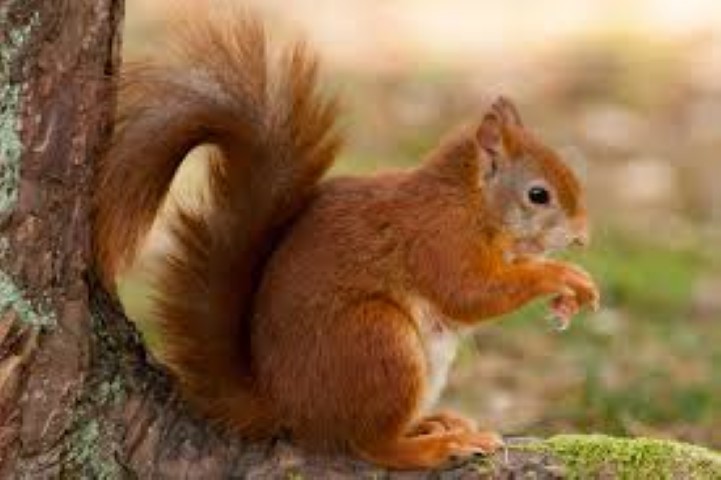
Animals-13-Small-1

Animals-13-small
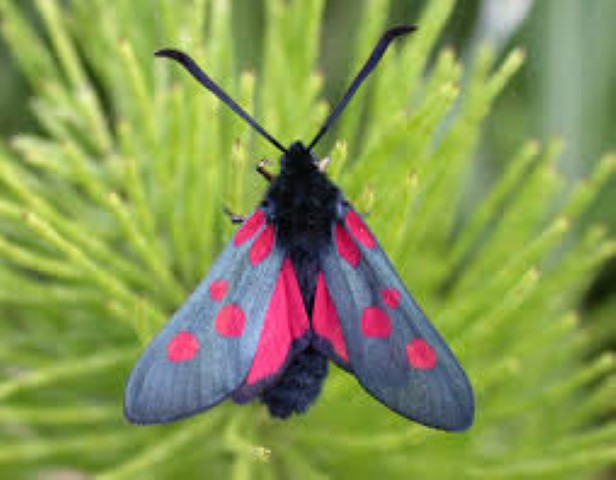
Animals-14-small
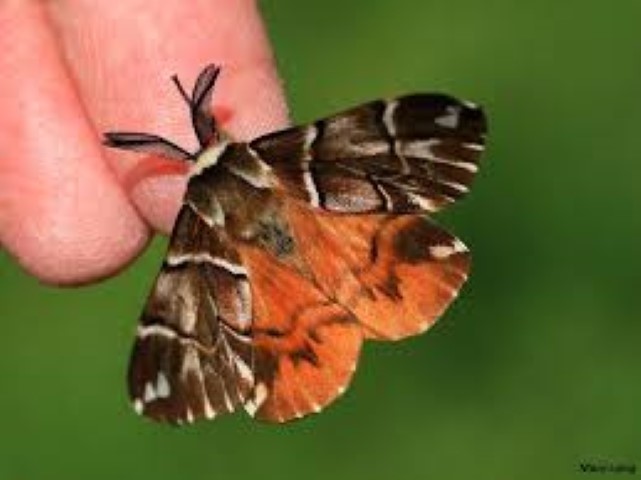
Animals-15-small

Animals-17-Small-Small
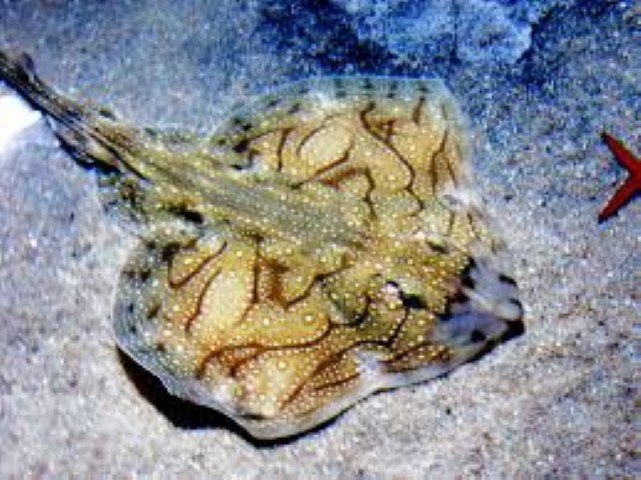
Animals-18-Small

Animals-3-Small
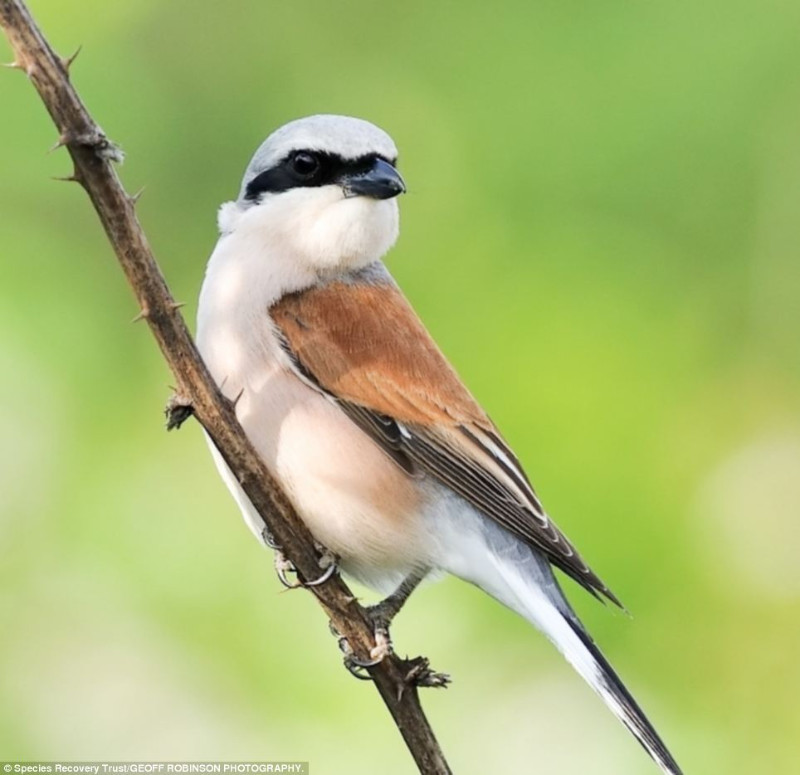
Animals-17-small

Animals-20-Small-Small
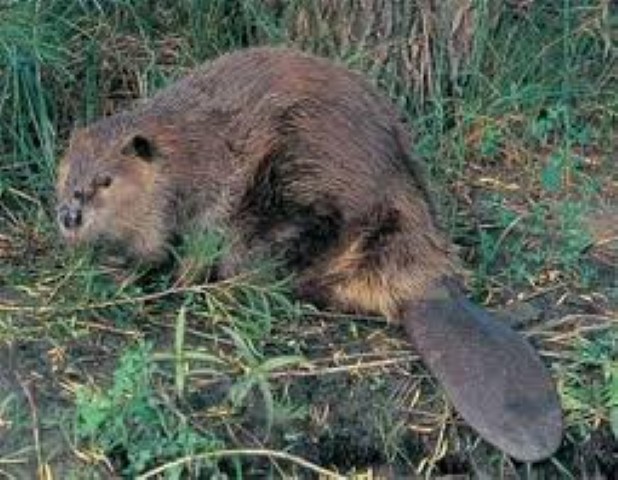
Animals-38-small

Animals-19-small
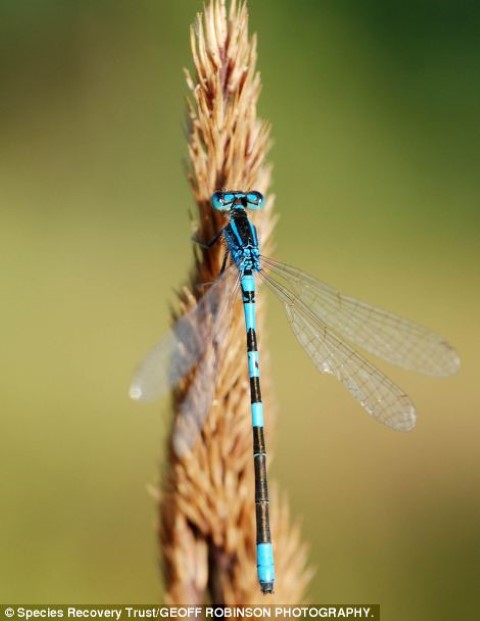
Animals-20-small
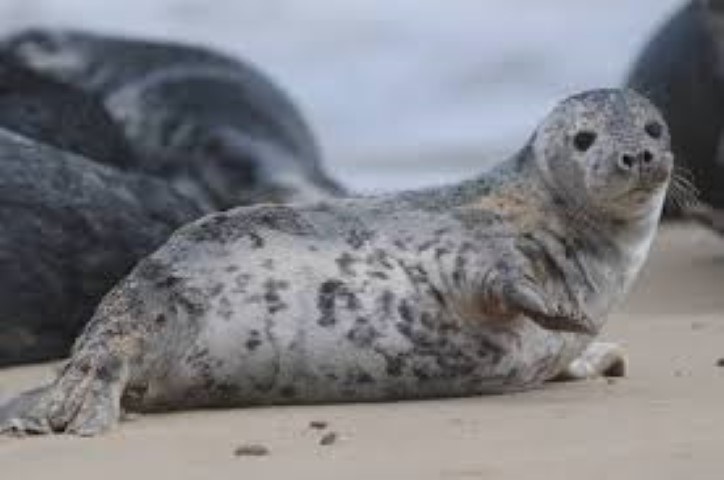
Animals-1-small-1
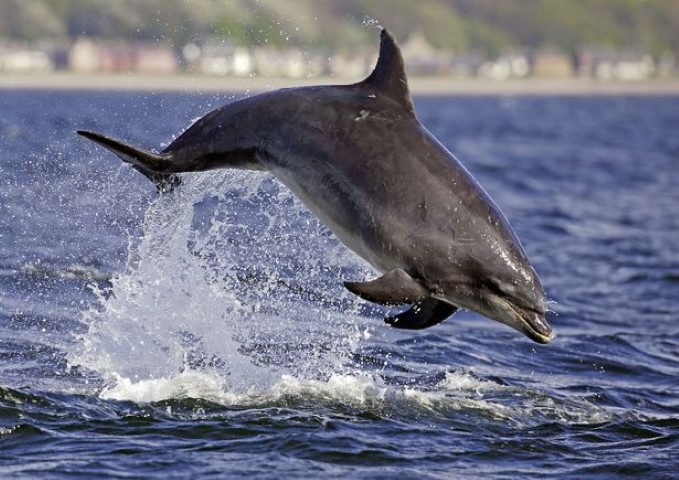
Animals-4-Small
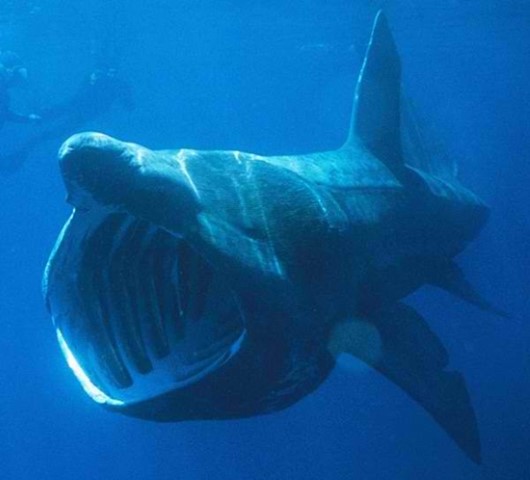
Animals-26-Small
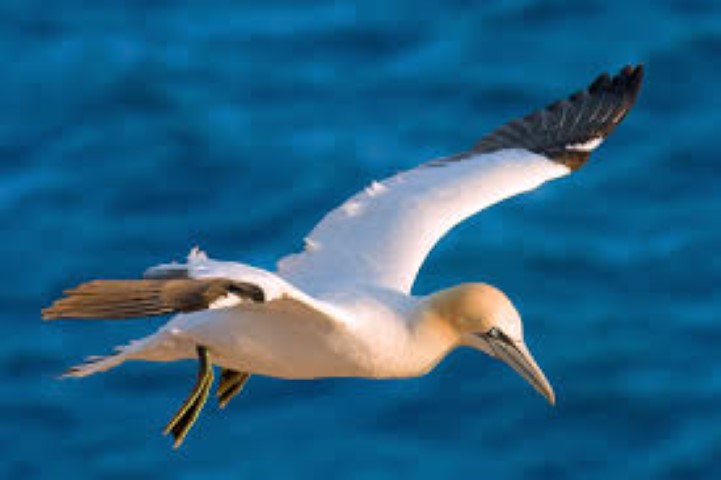
Animals-5-Small
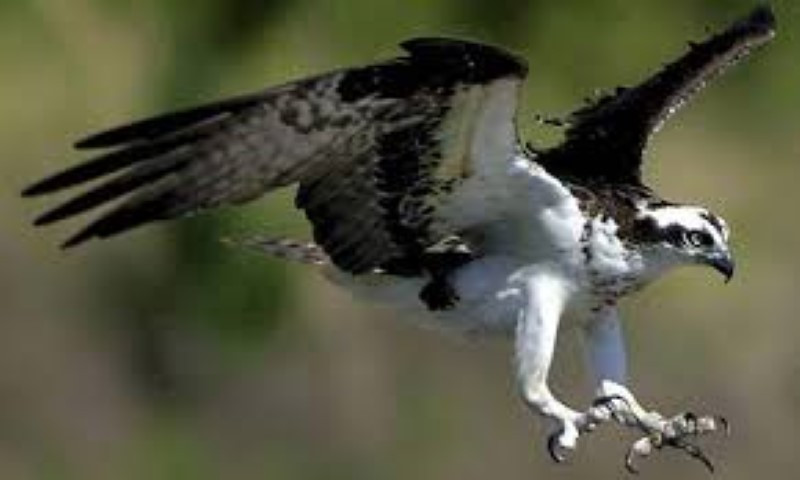
Animal-7-Small
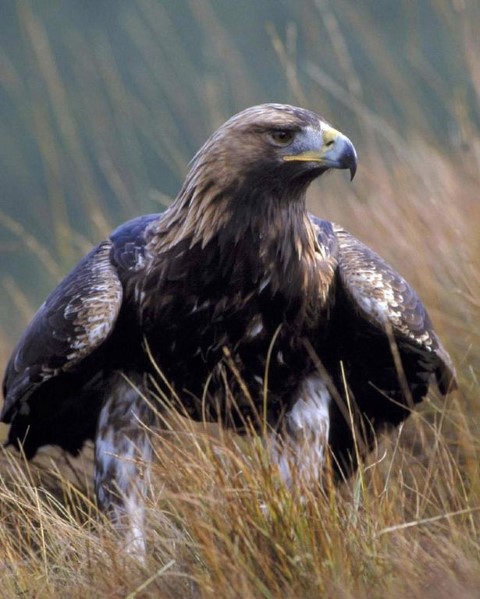
Animals-6-Small
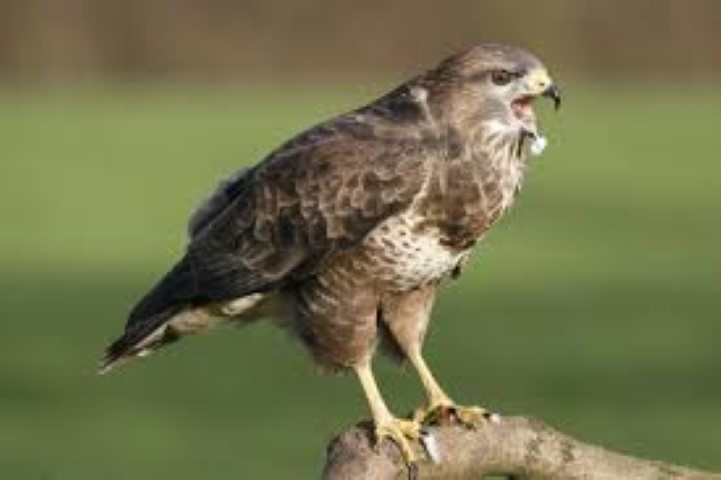
Animals-30-small
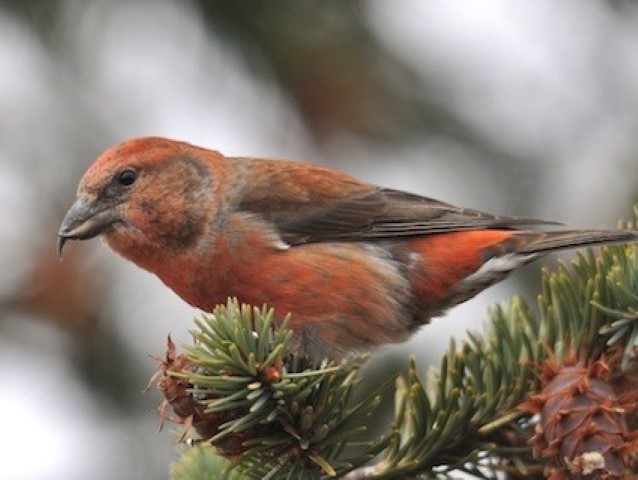
Animals-8-Small
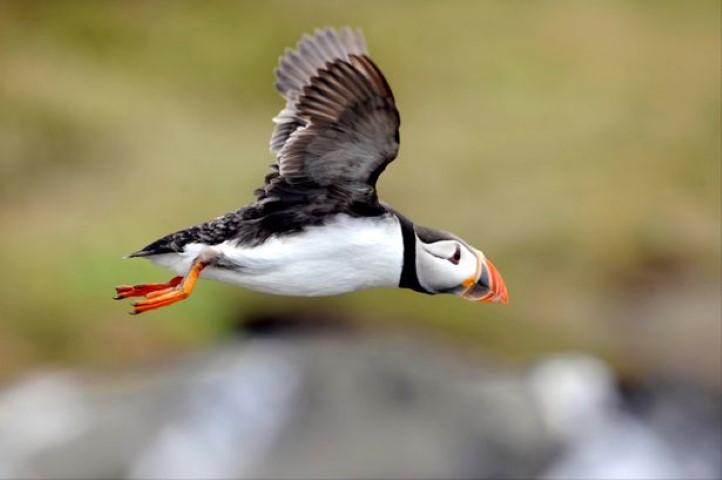
Animals-21-small

Animals-25-Small

Animals-28-Small
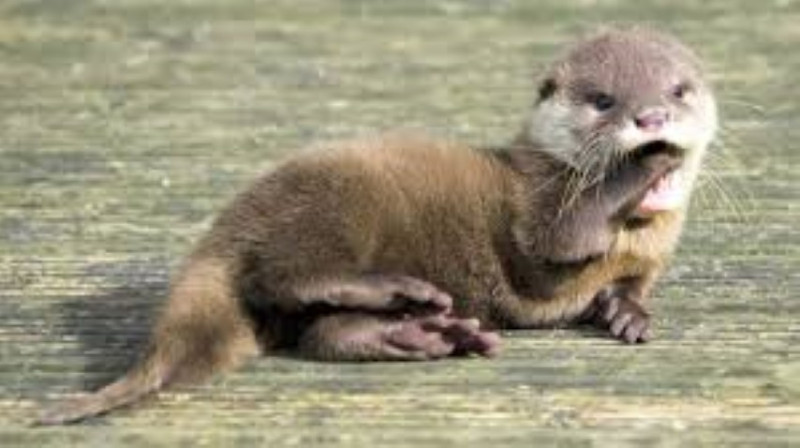
Animals-24-Small
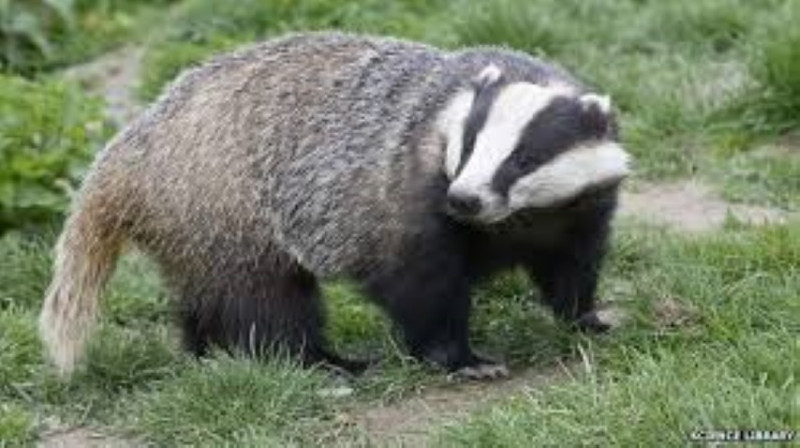
Animals-23-small
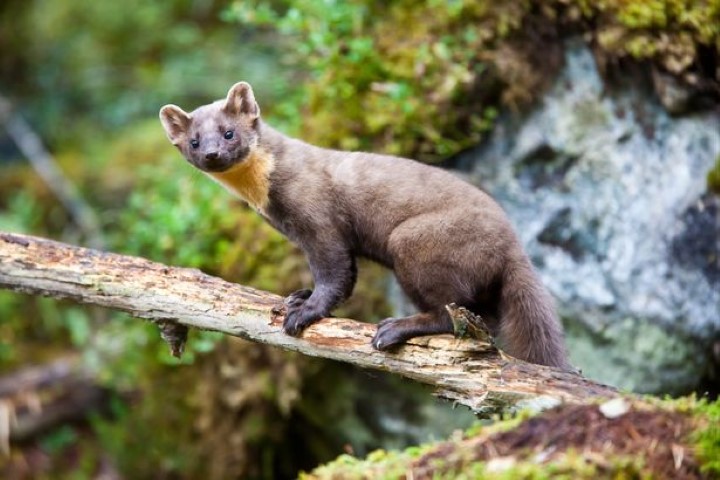
Animals-33-small

Animals-29-small
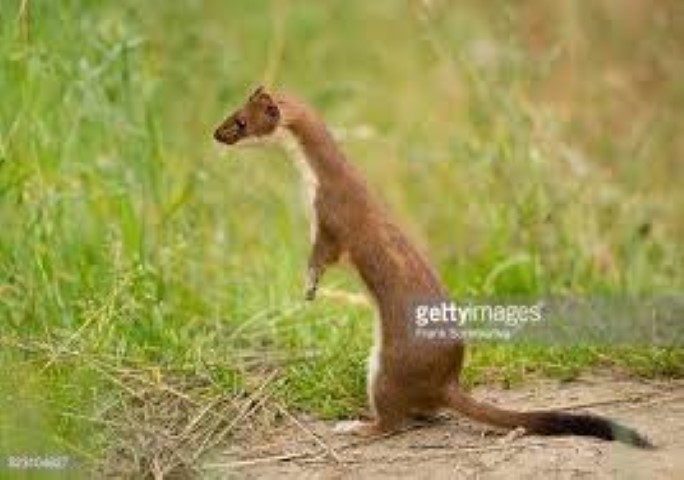
Animals-32-small
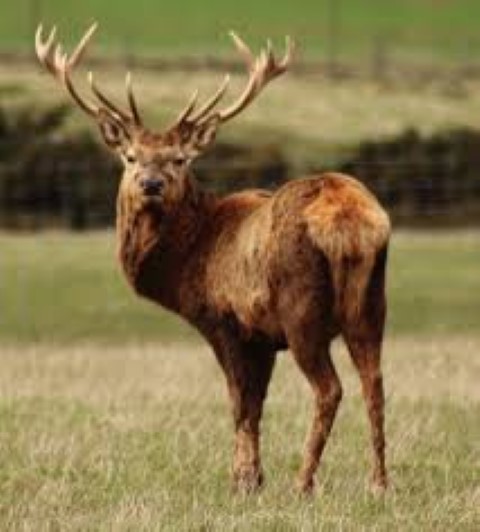
Animals-27-small

Animals-36-Small
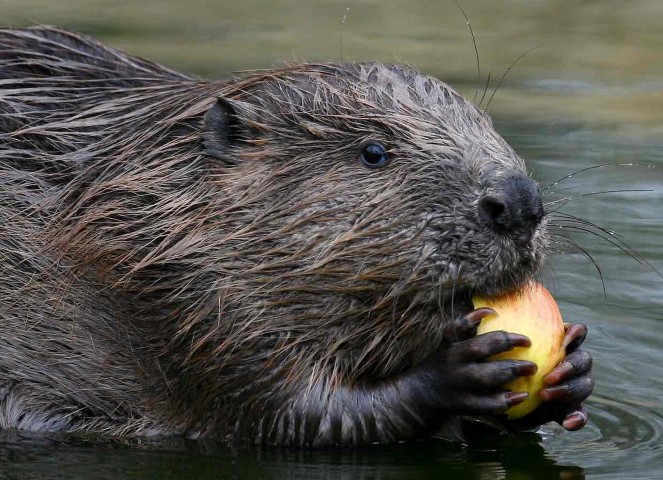
Animals-39-Small
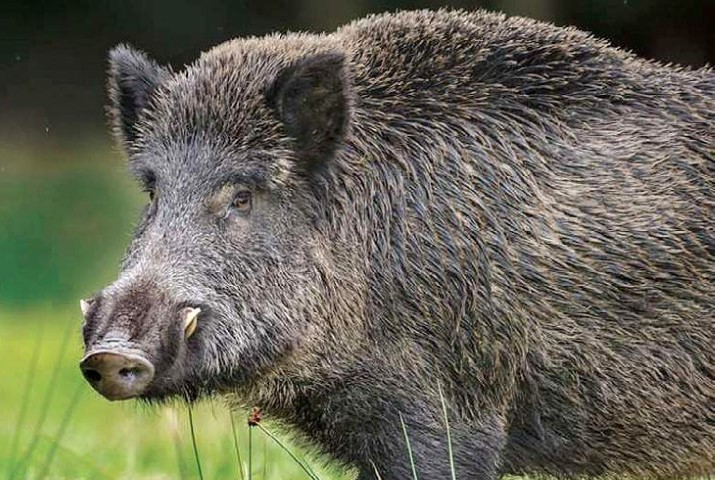
Animals-34-Small

Animals-lynx-Small
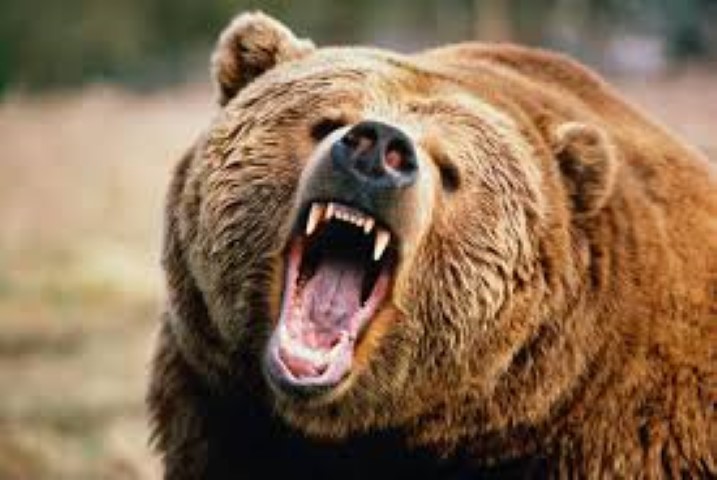
Animals-40-Small
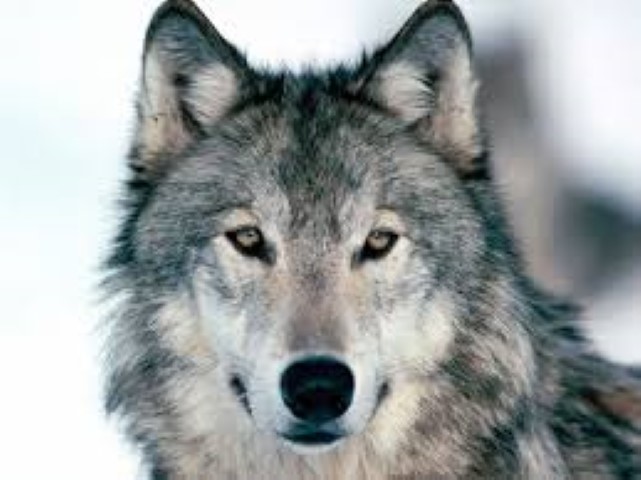
Animals-35-small
Profile
“The numbers against the text will signify the picture of the animal/bird/insect as it appears”.
The Highland Cow (1) is not now considered a ‘wild’ animal as this docile beast is domesticated and is kept for its buttery milk and high quality beef, which is very good as it is low in cholesterol.
However, this mammal, originating in the highlands and western isles of Scotland was first mentioned in the 6th century. They are a hardy breed. They come in various colours from white to black and every shade of brown and red in between. Their coat has two layers, the top one being very long and wavy which makes them well suited for the rough highland weather. Their long horns can dig through the snow to find plants, that other cattle would avoid, to eat. Because they have managed to live in the blustery winds, rain and snow, even in temperatures well below that of Scotland, their strong survival rate makes them ideal creatures to be transported all over the world.
Although several of Scotland’s larger mammals were hunted to extinction various species of wildlife were re-introduced as the years went by, making the farmers wonder if the Scottish Government are on the side of producing valuable farming land – or just a chaotic mess ?
During the stone age huge numbers of lynx (2) wolves (3), bears (4) and wild boars (5) prowled the forests. In fact, the wild animals out numbered the population of people living there. Then the forests were cleared as man hunted the animals for food and needed the land to build big cities. The lynx are thought to have been gone by 300AD, bears by the 9th century and wild boar two centuries later. The last wolf killed in Scotland was as late as the 17th century.
The rarest animals now in Scotland are;- The Red Squirrel (6). The highlands are now home to 75% of the U.K.’s total population of this animal. It is one of the last strongholds of the species, and it is under threat from the squirrel virus. The Water Vole (7). These little creatures are now eaten by invading American mink, and a fish called Twaite Shad which lives in the Solway Firth.
The government’s wildlife agency, Scottish Natural Heritage stressed, the Scottish Government has for years ignored repeated recommendations by its society advisors to legally protect tens of thousands of the country’s most endangered species, from mammals – to marine life – to insects and plants. While they been harassed by environmental groups, they continue to sit and say,
” the species are continued to be considered “.
Every five years The Joint Nature Conservative Committee which advises all of Britain, urges in its reports that the dangers of development, pollution, and commercial exploitation should be taken seriously and acted upon.
Highlighted, were in particularly two burnet moths which live only on the islands. The Talisker Burnet (8) has only been found on Skye and the slender Scotch burnet moth only on parts of Mull and Ulva. The Pine Hoverfly (9) only lives in rotting Scotch pine trees at Speyside and the aspen hoverfly in open woodlands in Strathspey and a few other little areas of Scotland.
Angel sharks (10) and some skate (11) did get a ban on fishing for them but until they become under the the Wildlife and Countryside Act they are not fully protected.
Because laws on protection take so long to be passed through parliament, this is often, not the way to go. They need protection now, so appropriate areas should be labelled ‘site protection’ or areas of ‘habitat management’.
The Scottish Wildcat (12) is in trouble. It has a thick fur and a non-tapered tail. Less than 100 have been recorded in the country. They are now extinct in England and Wales. In fact, it is one of the world’s most endangered animals. There is a haven project in the north of Scotland; – Ardnamurchan, Sunart, Morvern, and Moidart. They have gone a long way in trying to prevent females from mating with domestic cats – as this is the biggest threat this species faces.
Already gone from Scotland is the Red Backed Shrike (13). This became extinct in 1988 due to habitat loss and egg collectors. Also the black-backed meadow ant (14). Extinct also in 1988 due to urban developments. And the adorable Beaver (15) has never been seen for over 400 years.
The Trachea Atriplicis or Orache Moth (16) became extinct in 1905 due to drainage of marsh areas. There is work however, at the moment, to restore it to water logged areas, which still prevail. This re-introduction will not harm the existing environment so all looks good, and they may be able to take it off the endangered list by 2050.
The dainty Damselfly (17) lived in Essex, but severe flooding there in 1953 destroyed its breeding places so none can be found. Environmentalists would love to find suitable areas in Scotland and maybe reestablish it there.
Scotland has a diverse temperature so it can support many species of wild animals. Of those that remained in Scotland they have 42 wild land areas covering 19.5% of the nation for their habitat.
The country also has a vast sea coast with a significant number of grey and harbour seals (18) whose popular sites are the sheltered waters around the isles, Orkney Shetlands and Hebrides. On Monach Island is the world’s second largest breeding colony of seals. Scotland also has the most northerly colony of bottlenose dolphins (19) in the world. The Moray Firth, east of Inerness is one of the most popular places along the whole of the British coast to observe dolphins. Basking sharks (20) can be spotted around both Scotland’s east and west coasts and special trips are provided for people to go out to sea to observe them.
Scotland’s coastline also provides nesting grounds for the Northern Gannet (21) and the Osprey (22) who stays here from March to August in the pine forests around the fresh water lochs and rivers. Then flies south to the coast of West Africa for the winter months.
The Northern Isles and Highlands are also the ideal places for the Golden Eagle (23) to thrive, as they feed over the huge areas of open land. The Buzzard (24) known as the, ‘tourist eagle’ is the most common bird of prey in the U.K. and the largest colonies of this wild bird are found in Scotland. The only endemic vertebrae species the Scottish Crossbill (25) makes its home here. The Puffin (26) often called, ‘clown of the air’ are found on the Isle of May, Anstruther. The largest number of Grouse (27) live in the Cairngorms in the highlands of Perthshire. The Midge (28) is now breeding very well in Scotland, which could be a curse, because much to most people’s displeasure, one bite from him will have you scratching for days.
The west coast of the Isle of Mull is home to the otter (29). The badgers (30) who are very recognizable by their striped face become very hard to spot in the Scottish wilderness. Nocturnal too, they live in underground tunnels called setts. The Pine Marten (31) is the hardest animal to see in the wild, but they are there, in the Grampian Highlands and the eastern lowlands. The only snake you will find in Scotland is the Adder (32). Despite it being poisonous they are rarely dangerous. They hibernate from October to March. However, while hiking on the west coast of Scotland, one year, it was quite disturbing to see little notices posted among the hills, ‘Beware of Adders. The nearest hospital is so many miles away’, and a little arrow showing you the route to take. Stoats (33) are small wild carnivore mammals found mostly on the Orkney Islands.
The Red Deer (34) is Britain’s largest wild animal, standing 4 ft. at the shoulder. You will find them all over Scotland and they love the open mountains and the moorlands. Once hunted by bears and wolves they now have no predators, so this has led to a rapid increase in their numbers. Forests are being preserved for them and although red deer meat ‘venison’ is becoming more popular to eat they are still thriving. In fact, ‘culling’ is often carried out. This is when man kills off the oldest and sickest of the deer in order to keep the herd strong and healthy.
To Re-Wild Britain was to bring back the extinct wild animals. The Red Kite, a bird of prey, has been the subject of the longest continuous conservation project in the world. In 1903 their numbers were falling fast so their nests were put on a protection list. This eased the situation a little, but by 1932 this bird was extinct in the whole of Britain. It wasn’t until 1989 that the first red kite was introduced back into Scotland, England and Wales. Their numbers soared in England & Wales, so much, that their eggs were no longer a collectors item and they began exporting the birds on to other countries. However, in Scotland their numbers decreased. It was thought the problem was poisonous bait left out for them. The Scottish farmers were convinced the red kite would eat their livestock. As poisonous bait had been made illegal, as early as the start of the 1900’s, strict patrols were put in place. The farmers also realized that the bird was too small to carry off young sheep and, in fact, was a scavenger, preferring to eat off the dead animals, and liked only little live shrews and voles. This project was considered a great success.
The Beaver was reintroduced into Scotland in 2009. There is now a delightful ‘Beaver Trail’ through Knapdale in the heart of Argyll. It is boasting an immense tourism attraction, so in November 2016 the Scottish Natural Heritage decided the beaver will stay in Scotland. Another success story.
The wild boar was also reintroduced into Scotland in 2009. Farmers have continually warned the Scottish Government they could be facing serious compensation fees if they fail to eradicate the pigs. The wild boar was at first kept in farms, but the pigs have either escaped or been released. Their numbers are becoming unmanageable and they are destroying crops. The Scottish Natural Heritage is studying the extent of the impact where the boars are roaming free, in the Invergarry area of Lochaber and some ares of Dumfries and Galloway. The boars are killing young lambs and their numbers are escalating at a rate of 300%. John Bruce, a wheat farmer in Perthshire says, ‘the natural environmentalists think it is marvelous re-wilding the country but does the country need manageable farmland or chaos’ ? The situation is getting out of hand and the Scottish Government say, ‘they will look into it’. This project is obviously not what they intended and it appears they are on the side of chaos.
The Lynx had not been in Scotland for 1,300 years. Many areas throughout England were investigated, to home the lynx, but all were abandoned due to public pressure. Finally in 2016, they were introduced into Aberdeenshire, because of the huge abundance of roe deer there, which is the lynx’s main food supply. The deer cause untold damage to the forests. They eat seedlings and wild flowers and thrash young trees with their antlers. The lynx are solitary animals and ambush their prey while still undercover. So as long as the farmers keep their sheep in wide open meadows they will not be attacked, and the lynx is shy to humans. So this project should do well in a county overrun with roe deer.
Behind all this Re-Wilding of Britain is a book called, ‘Feral’, written by George Monbiot.
So what about Bears and Wolves ? One environmentalist believes bears can learn to specialize into killing and eating roe deer and they will be much more of an attraction than wolves. But the only bears in Scotland are those in captivity.
Wolves were first proposed to be introduced into Scotland in the 1960’s and this proposal gained strength when the red wolf was established in the south east of the U.S.A. in 1989. In 1995 when the grey wolf was successfully made at home in Yellowstone National Park the momentum increased.
Paul Lister received a 50 million pound fortune as an inheritance when his family sold the MFI furniture chain business. He bought the Scottish estate Alladale, in the Scottish Highlands, and decided he wanted the land around it to be turned back the way it was when the Romans came. He seeks to install bears and wolves on his, Alladale Wilderness Reserve.
” If we can put a man on the moon we can put a fence around the land to keep the public safe. It works in Yellowstone Park, in America, where they have wolves and bears, so why not here ” ?
Map
Sorry, no records were found. Please adjust your search criteria and try again.
Sorry, unable to load the Maps API.